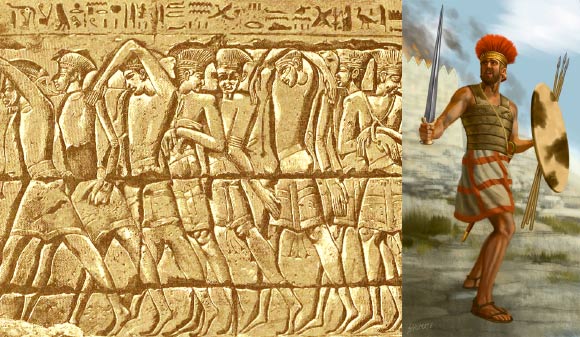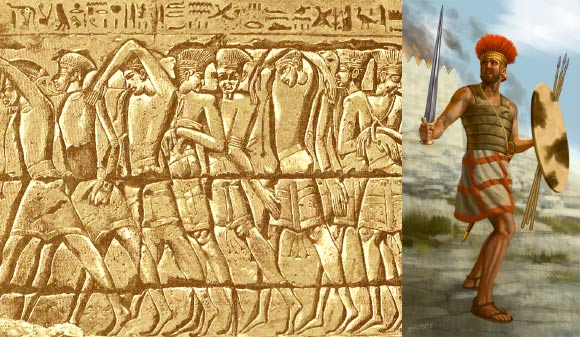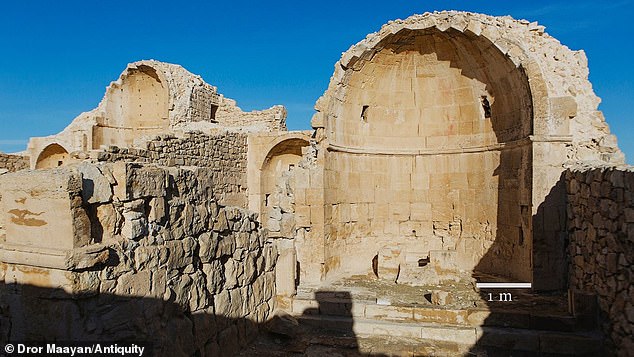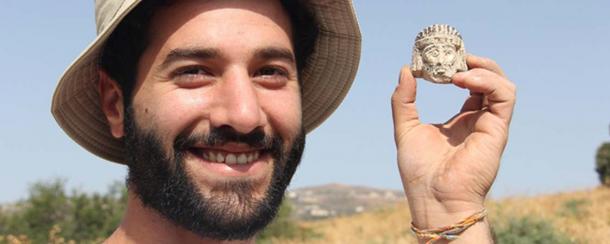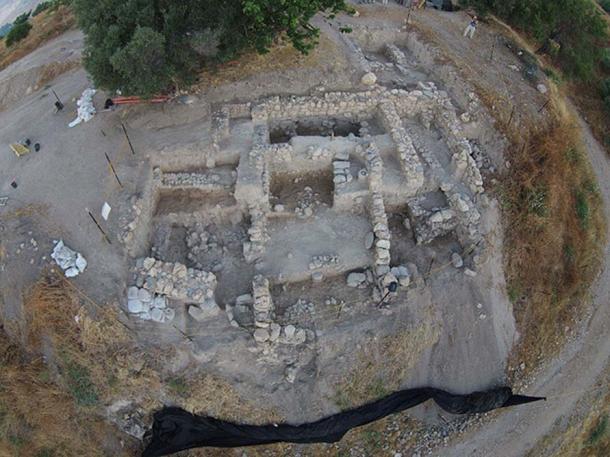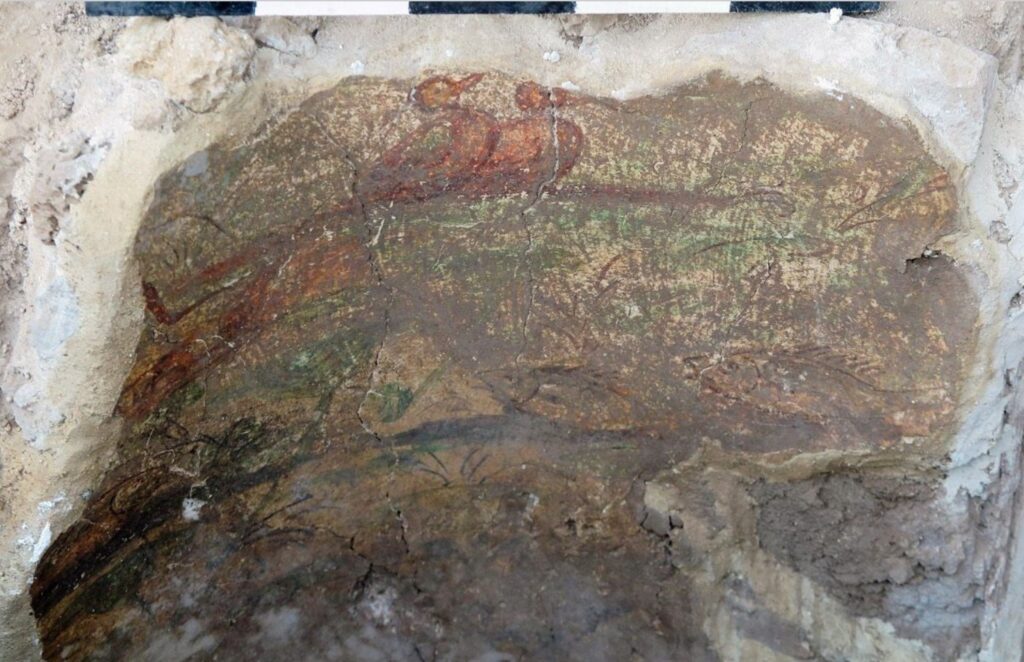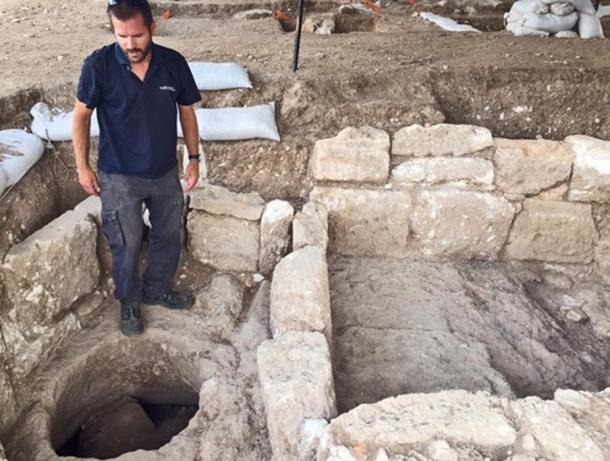2,700-Year-Old Seal with Winged ‘Genie’ Discovered Near Jerusalem’s Temple Mount
A rare and extraordinary 2,700-year-old stone seal from the First Temple period has been unearthed near the Southern Wall of the Temple Mount in Jerusalem, shedding light on the Assyrian influence in Judah during this era.
The seal, made of black stone and adorned with a winged figure alongside an inscription in paleo-Hebrew script, offers a unique glimpse into the cultural and artistic exchanges between the Neo-Assyrian Empire and the Kingdom of Judah.
A Rare Glimpse into Assyrian Influence
The discovery, announced by the Israel Antiquities Authority (IAA), is being hailed as one of the most significant finds in recent years. The seal features a winged figure, likely a “genie”, a protective demon common in Neo-Assyrian art from the 9th to 7th centuries BC.
This is the first time such a figure has been discovered in Israeli archaeology, marking it as an “extremely rare and unusual” find, according to Dr. Filip Vukosavovic, an Assyriologist and archaeologist with the IAA, reports the Jerusalem Post.
The seal also bears the inscription “LeYehoʼezer ben Hoshʼayahu,” translating to, “For Yehoʼezer son of Hosh’ayahu.”
The researchers claim this inscription is significant not only for its connection to the biblical era but also for its unusual structure. The name “Yehoʼezer” appears in the Bible in its abbreviated form as “Yoʼezer,” one of King David’s warriors, while “Hosh’ayahu” is reminiscent of names mentioned in the Book of Jeremiah.
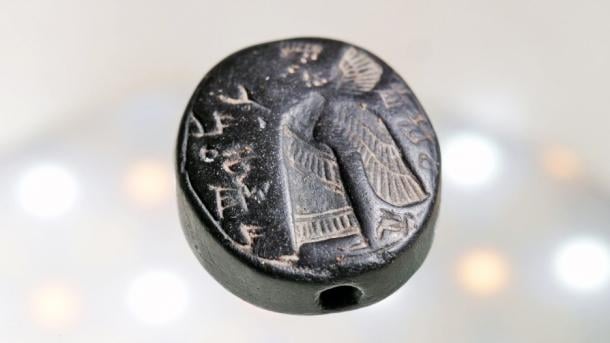
Artistic Excellence and Personal Craftsmanship
Dr. Yuval Baruch and Navot Rom, the excavation directors, described the seal as a tool for both sealing documents and serving as an amulet. The intricate depiction of the winged figure contrasts sharply with the comparatively rough engraving of the owner’s name, suggesting that Yehoʼezer himself might have inscribed it. This personal touch hints at the literacy and cultural identity of its owner, who likely held a significant position within Judah’s administration.
The seal’s craftsmanship, blending Assyrian iconography with paleo Hebrew or Phoenician script, highlights the cultural interplay between the Assyrian Empire and the local Judahite society. Dr. Baruch emphasized that the seal’s design is unique in its portrayal of a winged man in Neo-Assyrian style, a rare element in the late First Temple period’s glyptic art.
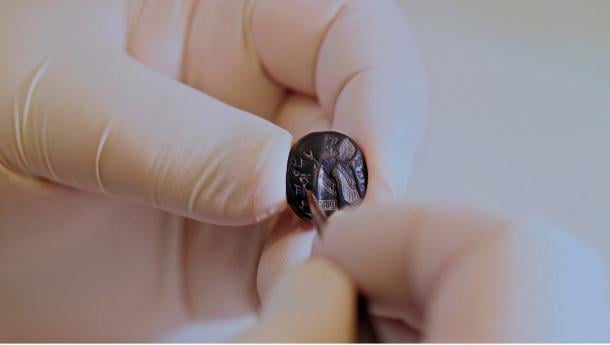
Insights into Judah’s History
This discovery contributes to a growing body of evidence showing the extent of Assyrian influence on Judah during the First Temple period. The presence of Assyrian-style art in Jerusalem, particularly in elite objects like seals, reflects the deep cultural and political connections between the Assyrian Empire and the Kingdom of Judah. Prof.
Ronny Reich from the University of Haifa noted that the blending of Assyrian and Hebrew elements on the seal underscores the complex identity of Judah’s elite during this period.
Heritage Minister Rabbi Amichai Eliyahu praised the discovery, noting its significance in demonstrating Jerusalem’s central role 2,700 years ago. The seal will be publicly displayed at the upcoming 25th annual “City of David Research Conference” in Jerusalem on September 4, providing scholars and the public with a closer look at this fascinating artifact.
The discovery of the Yehoʼezer seal not only enriches our understanding of the cultural dynamics in ancient Jerusalem but also underscores the city’s historical significance as a hub of political and artistic exchange in the ancient Near East.
